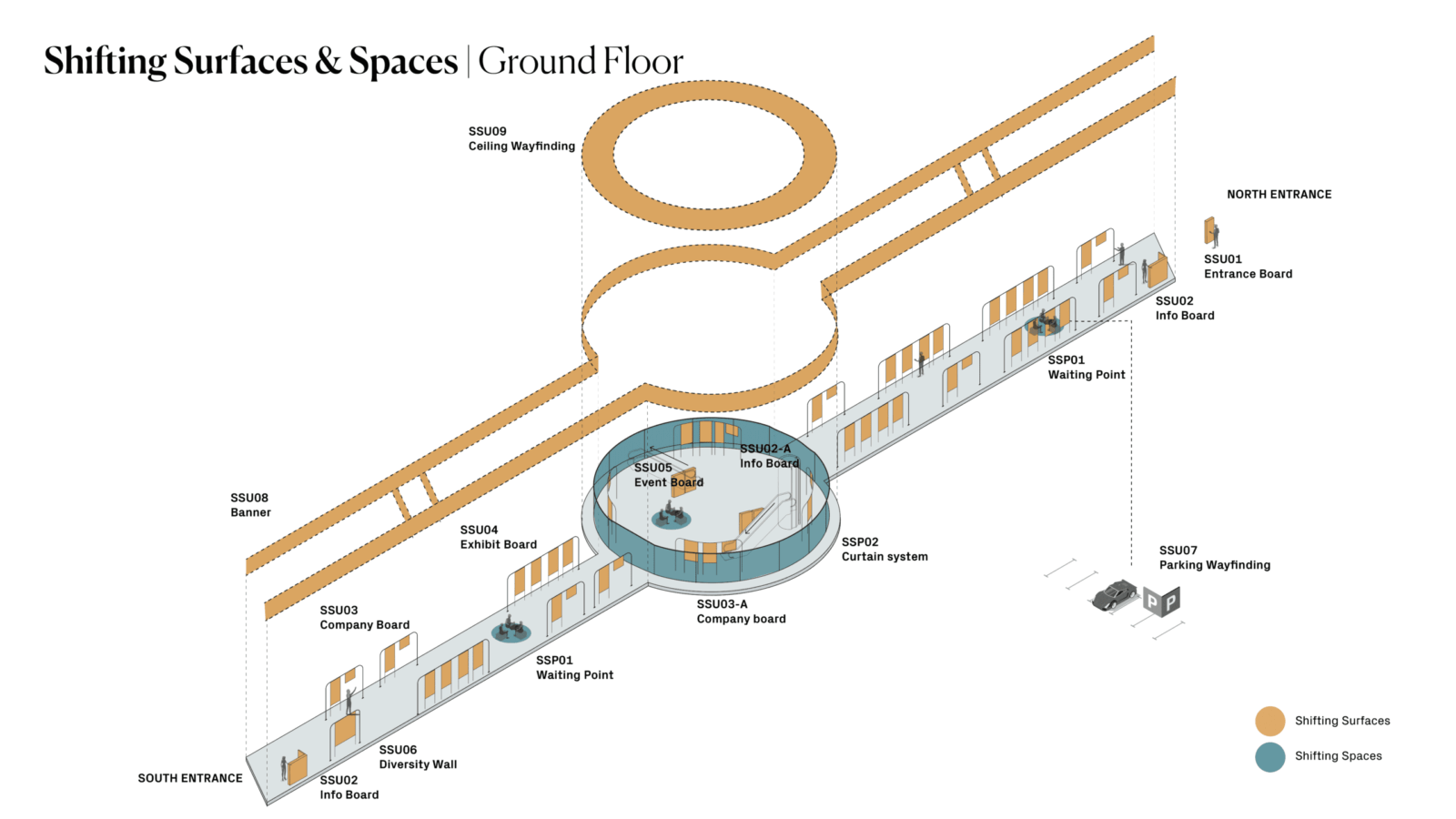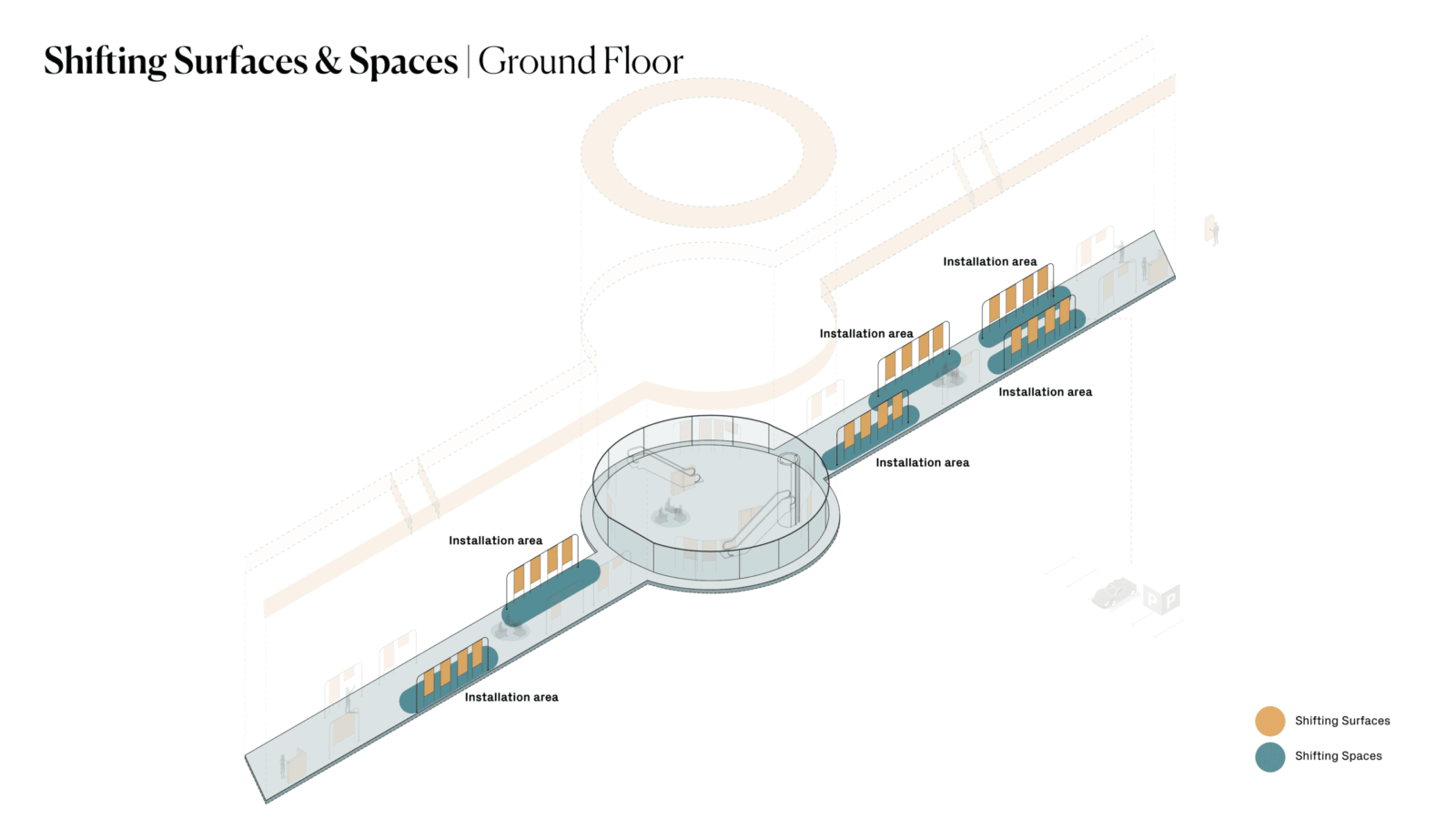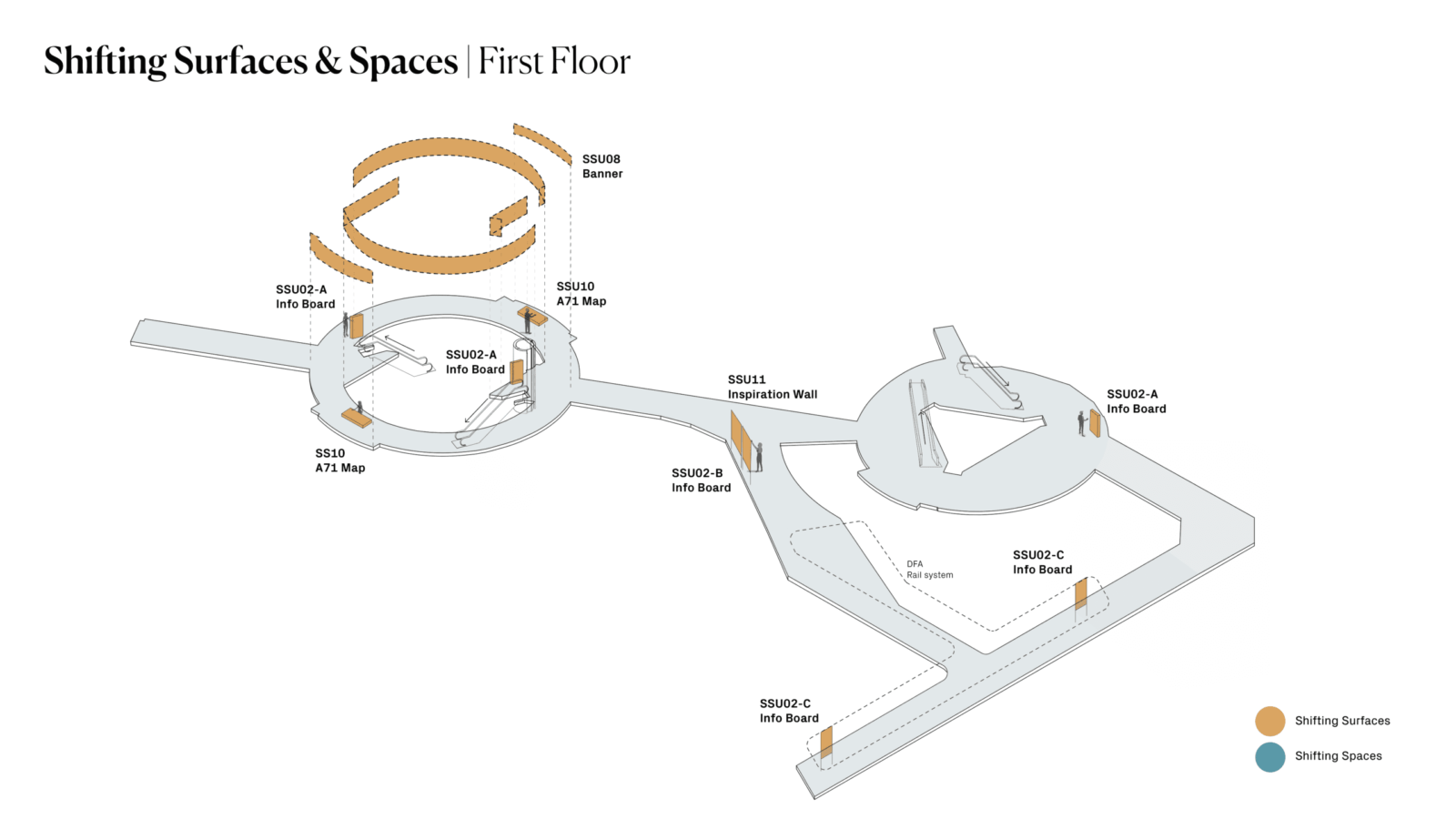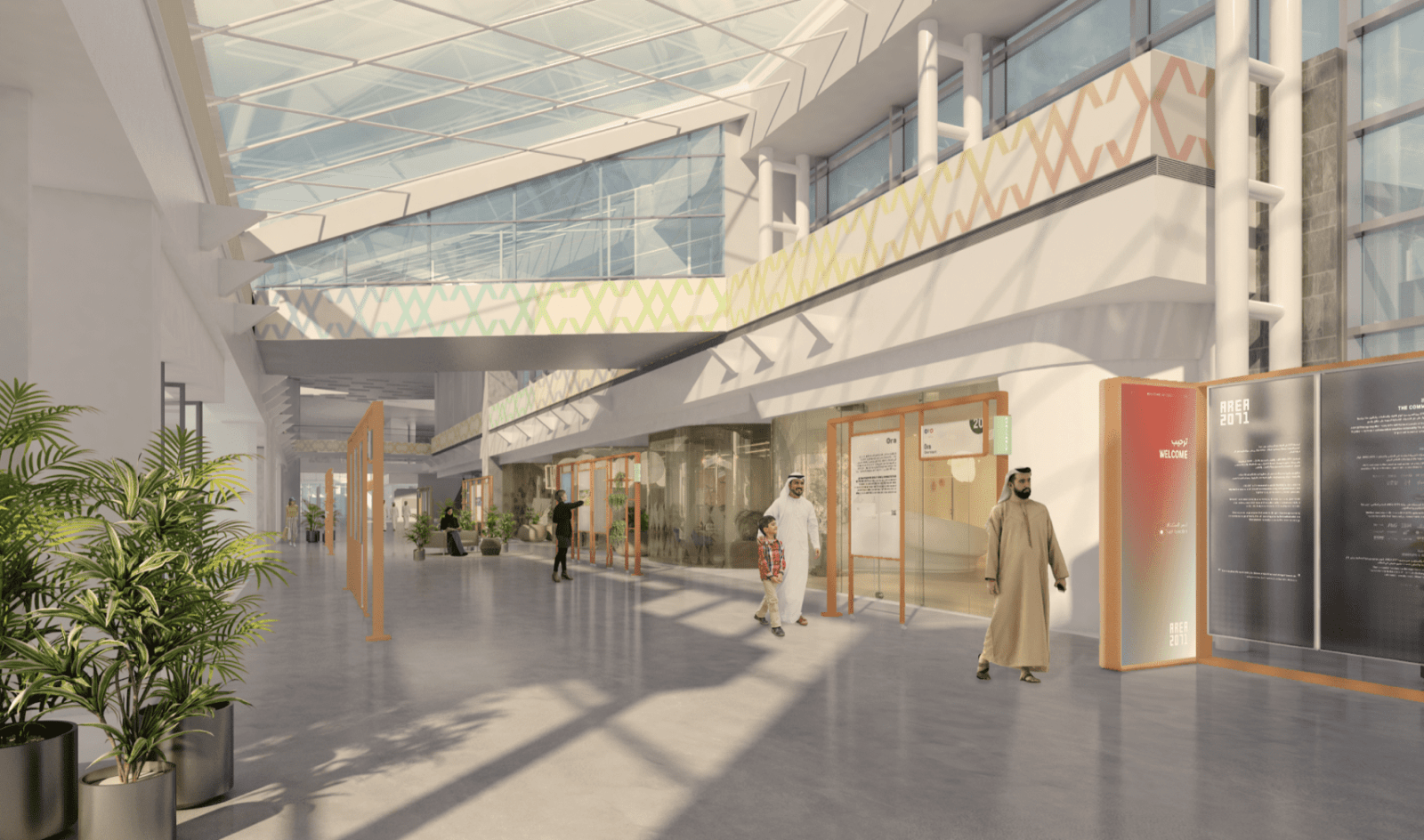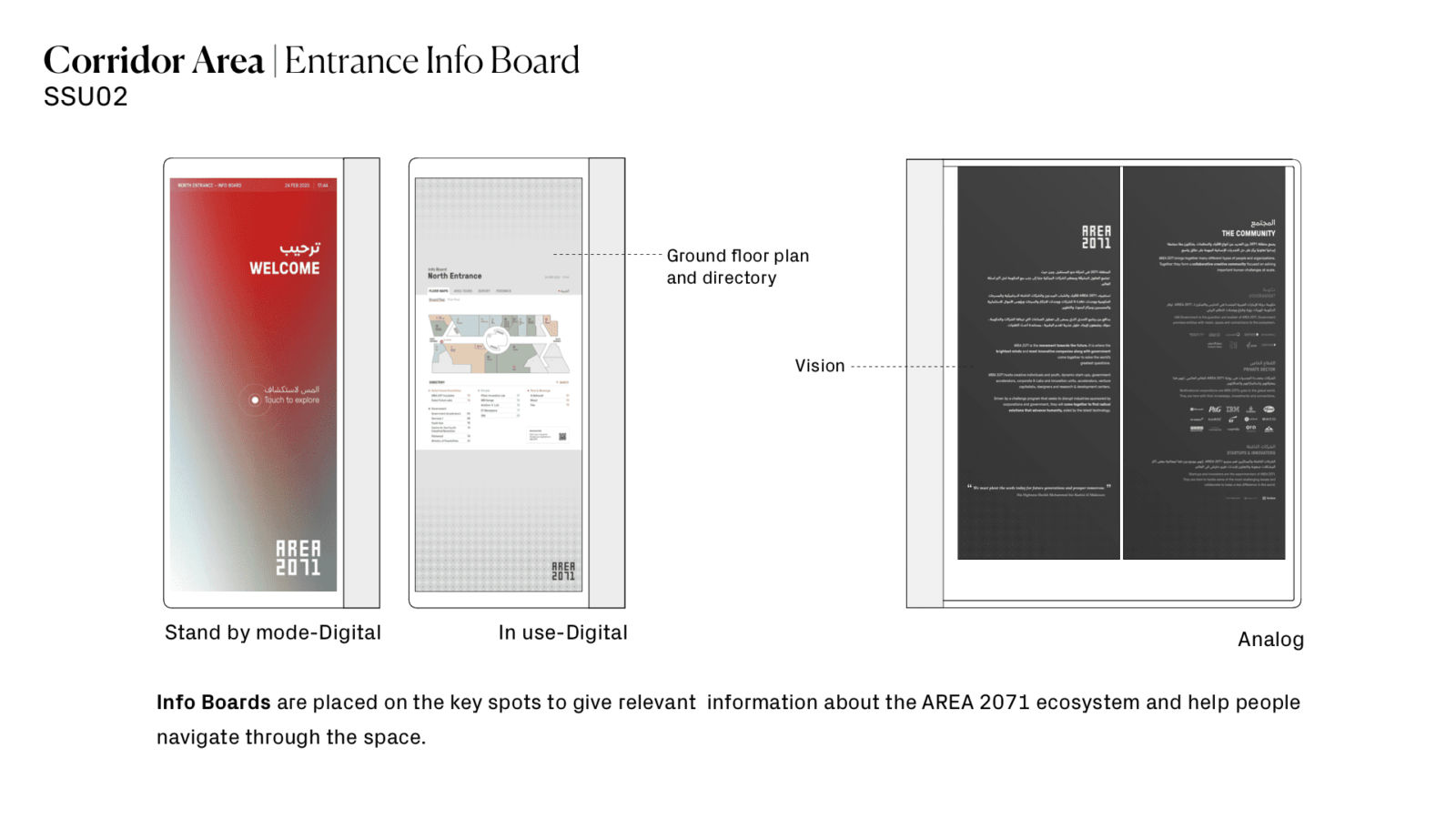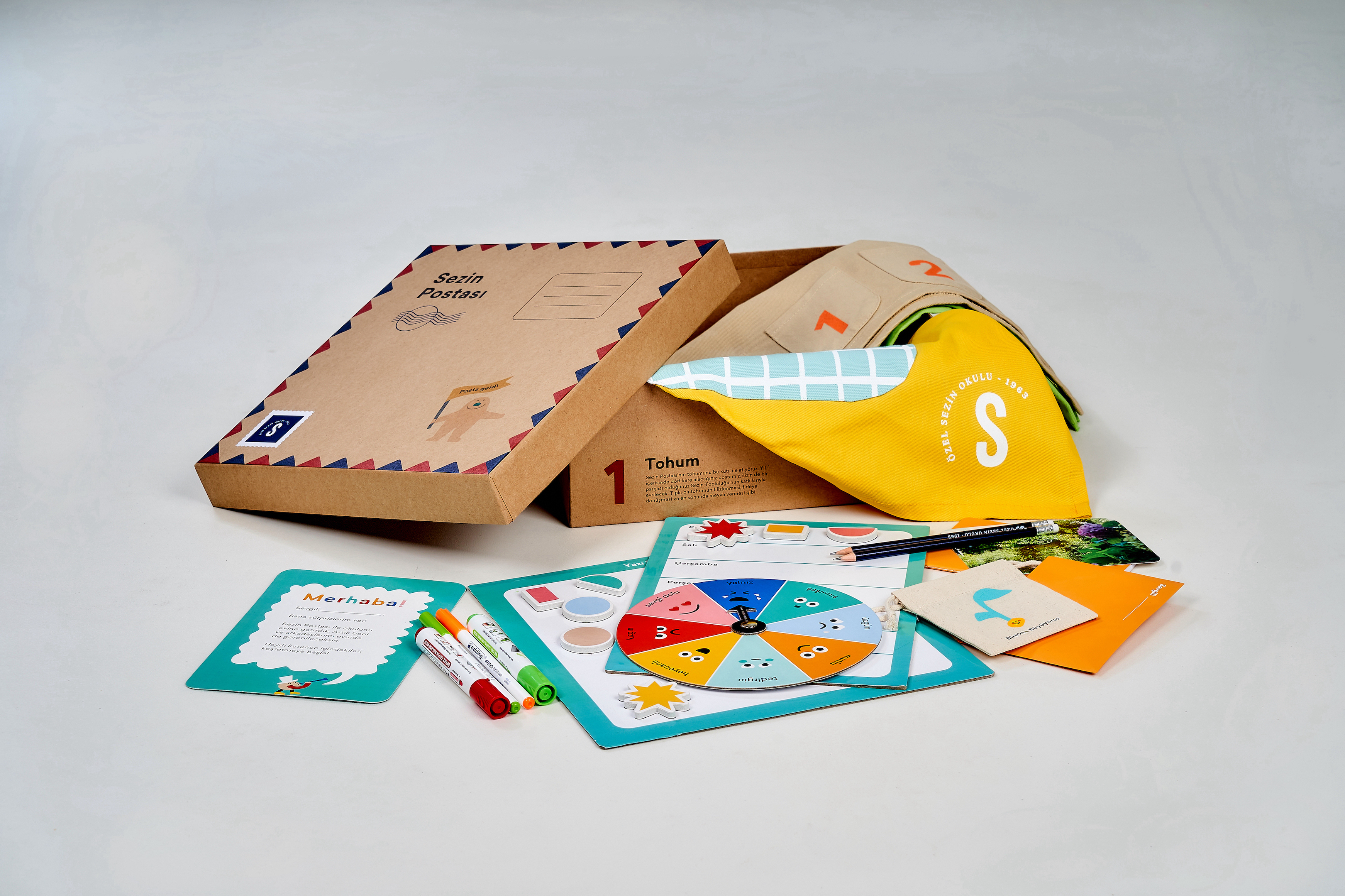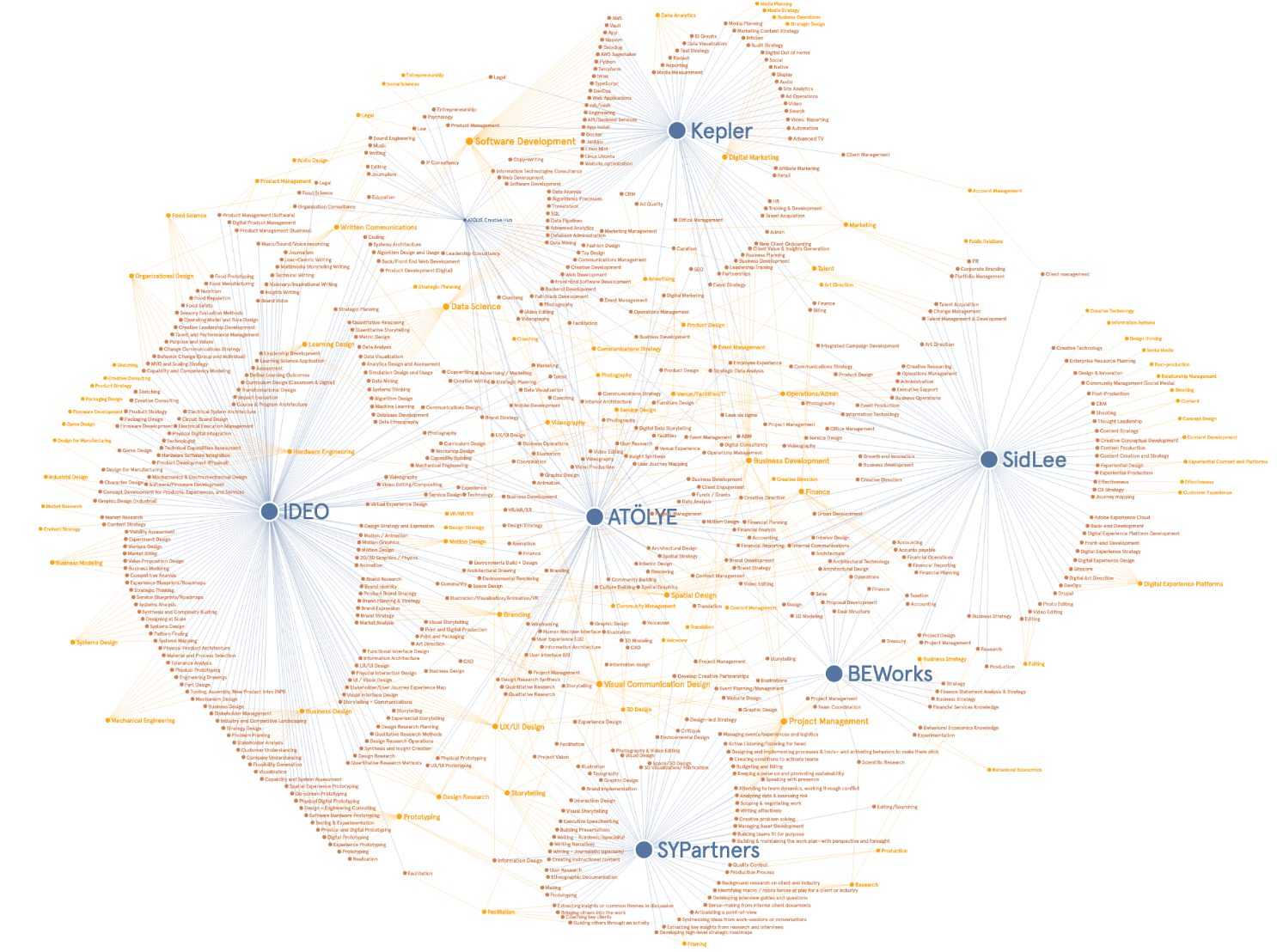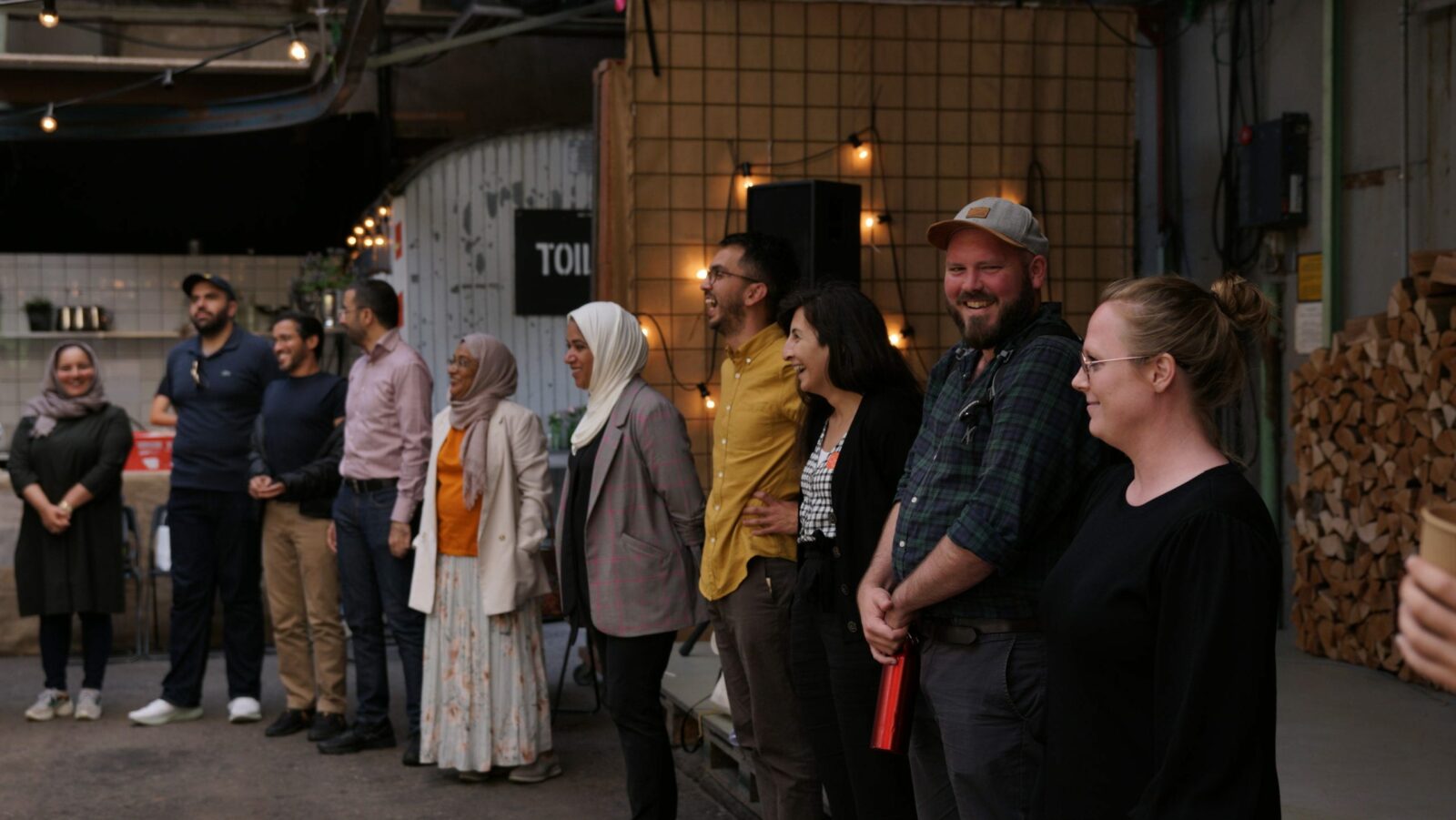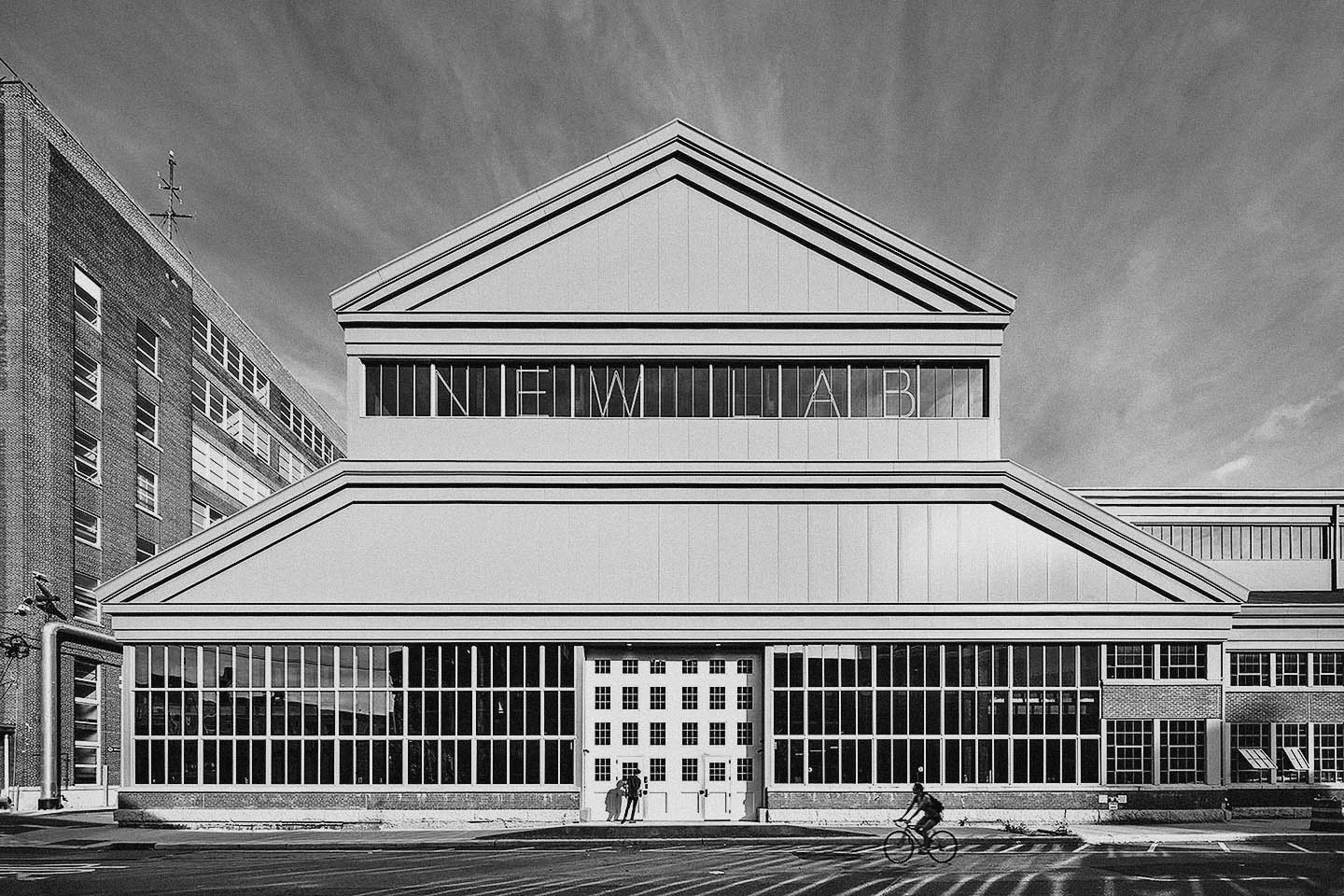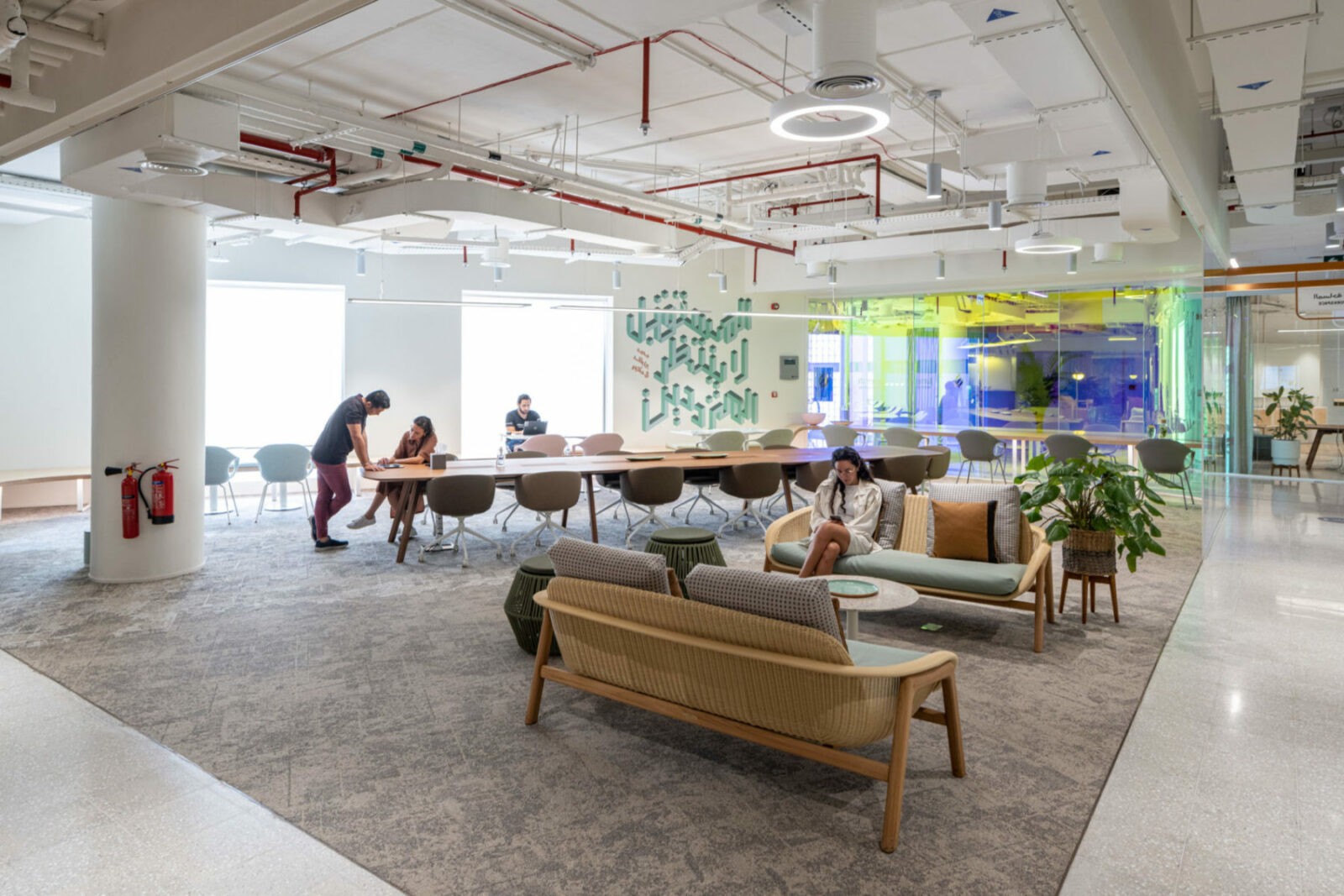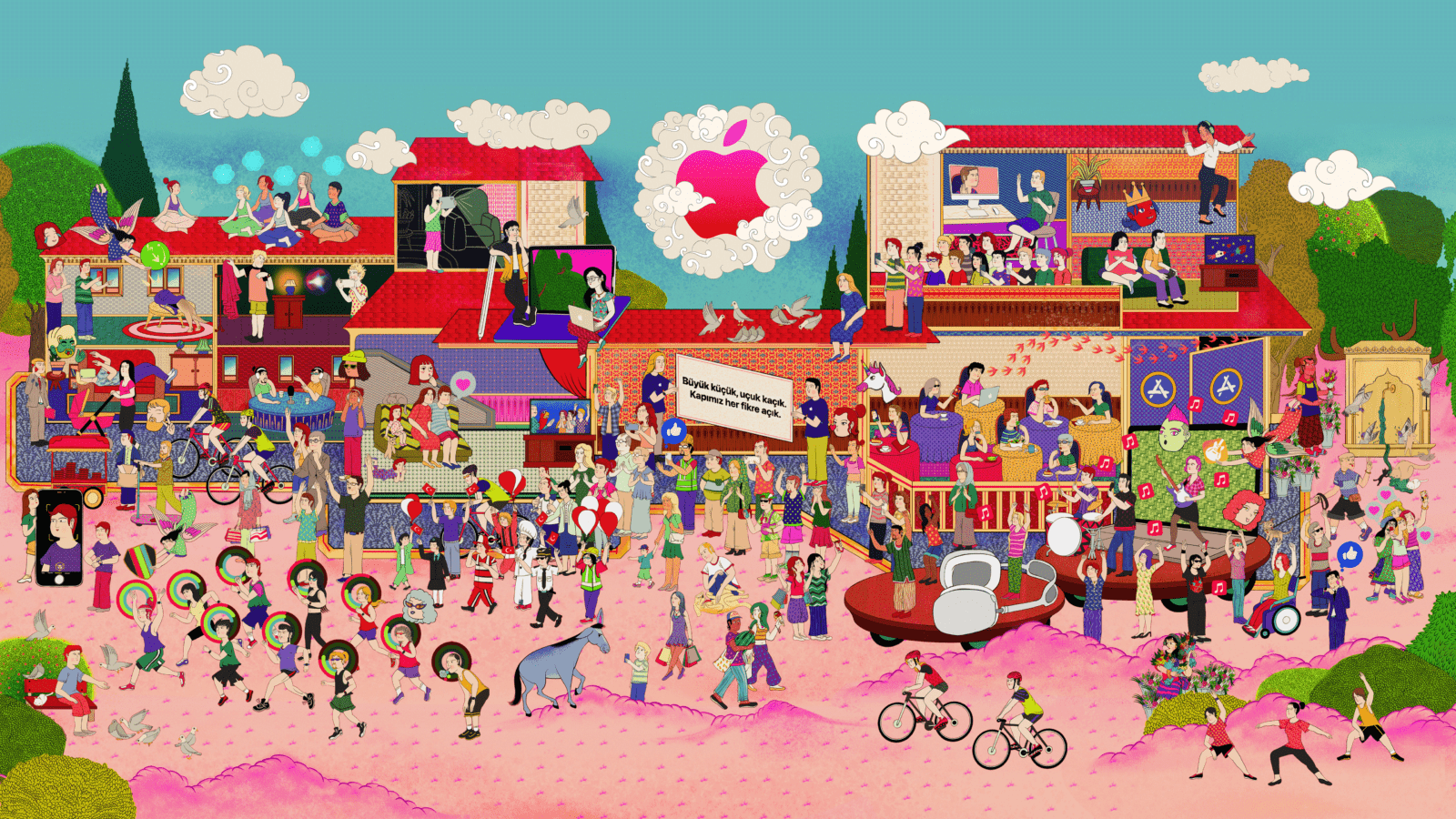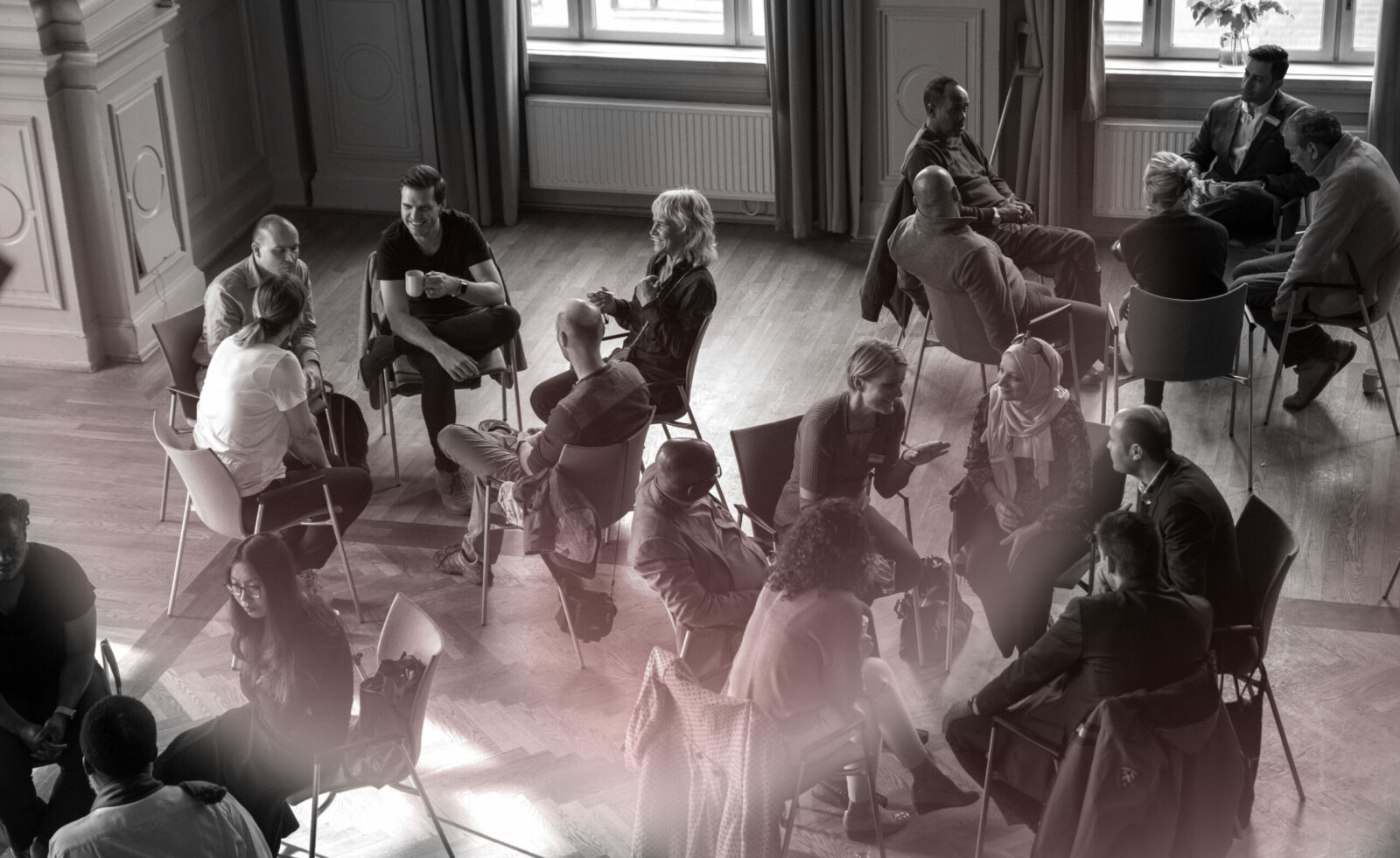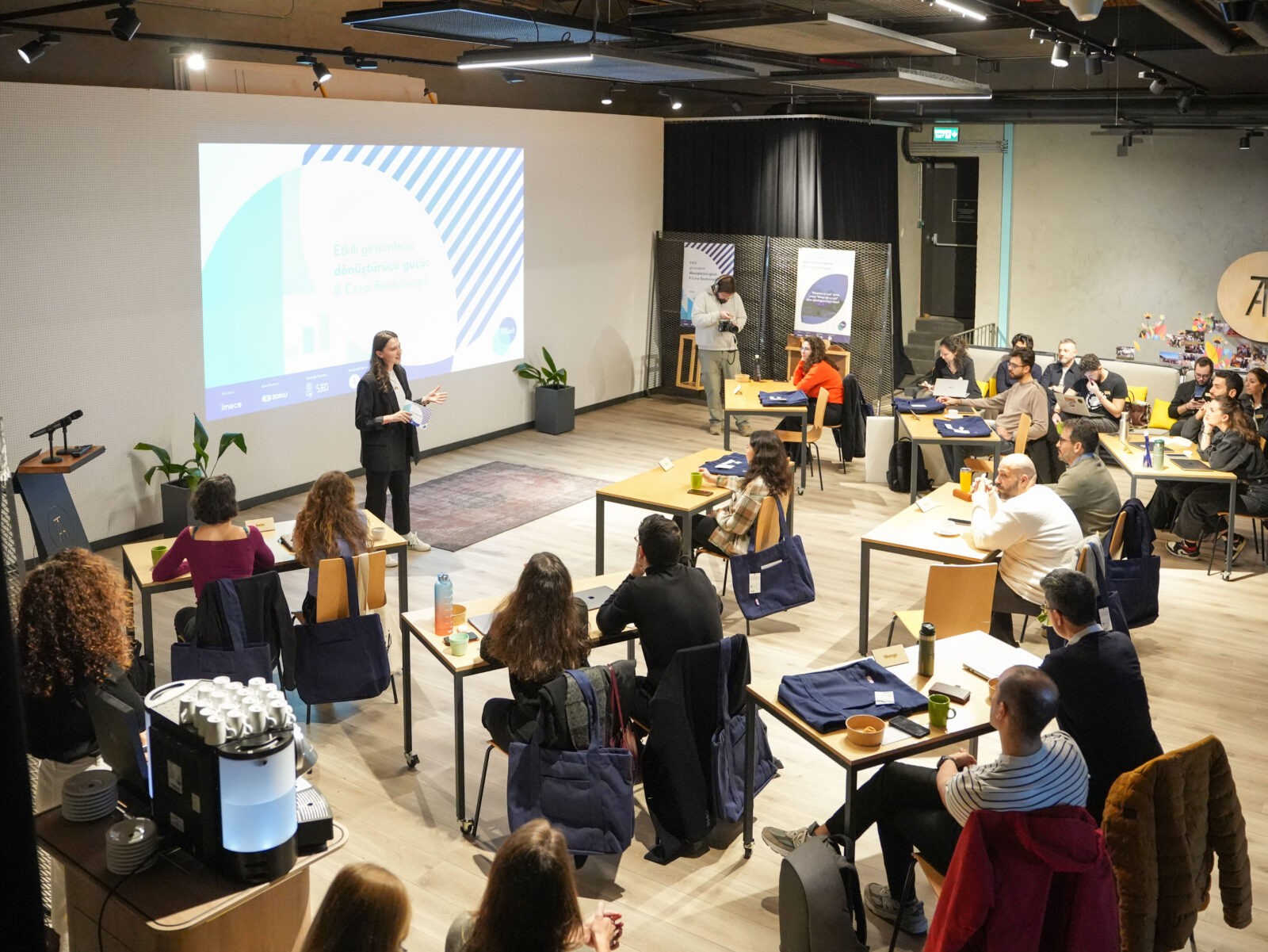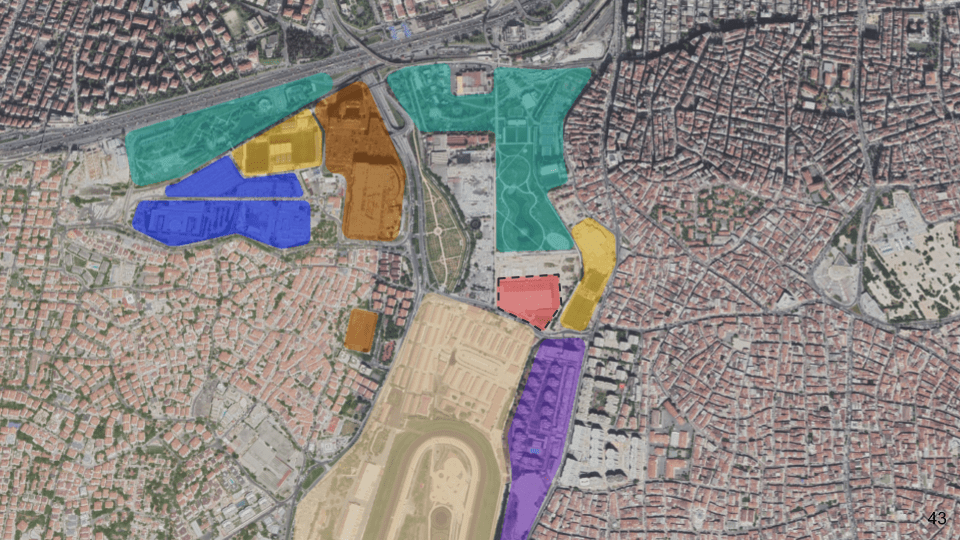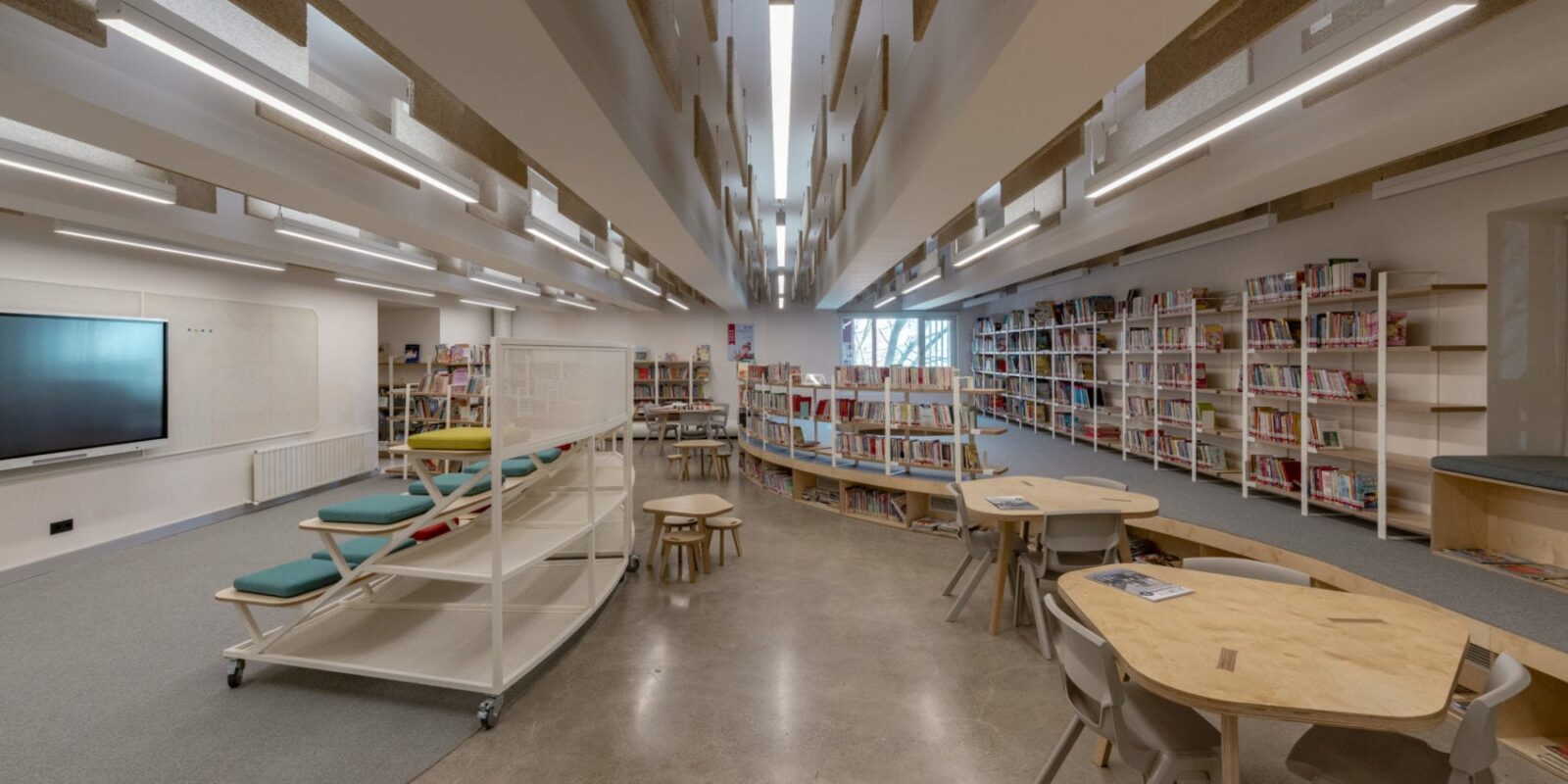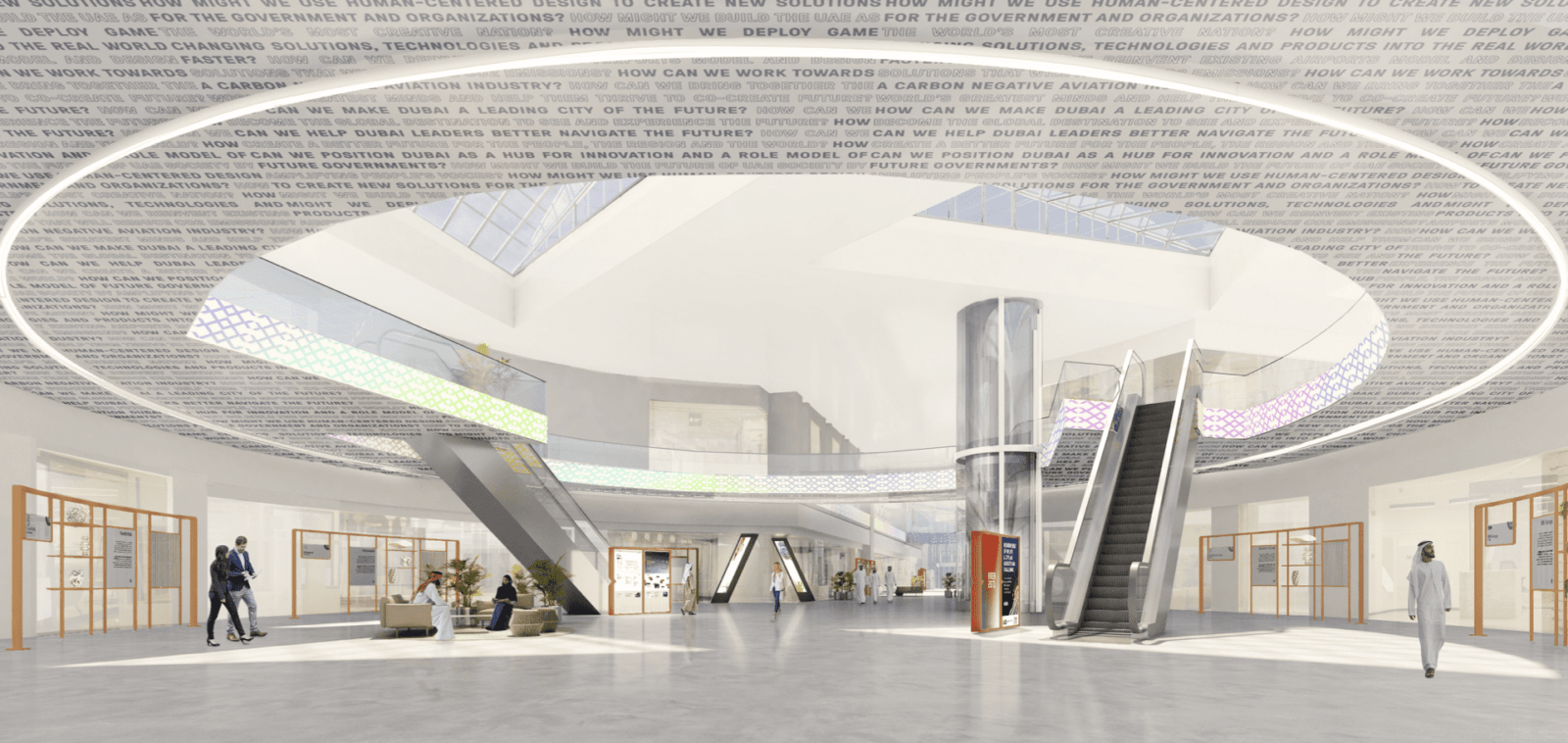
AREA 2071
How might we design an experience and narrative for Area 2071 to excite and engage visitors, tenants, and the surrounding community?
Located in the Emirates Towers in Dubai, AREA 2071 is a co-creation space bringing together high-potential individuals in government entities, companies, startups, and forward thinkers from all around the globe in order to spark ideas that will transform the future. Building on ATÖLYE’s community-centric approach, our project for the space aimed to amplify AREA 2071’s growing innovation culture and share its stories with the rest of the world through architectural design and strategy.
Project Team:
Arda Kolukısa, Aslı Sevinç Daver, Carla Lemgruber, Ecem Çınar, Engin Ayaz, Gizem Akın, Leen Sadder, Nesile Yalçın
Project Lead:
Aslı Sevinç Daver
Community:
Oya Metin
From “A Disconnected Neighborhood” to “Reconnecting the Neighborhood”
Since its inception, AREA 2071 hoped that its tenants, members, and visitors would form a coherent body to foster connection and collaboration. However, following our initial research, it became clear that the current “residents” of AREA 2071 —government entities, private companies, or startups—were connected little to the founding philosophy and vision of the space, which anticipated a setting where forward-thinking government entities, international organizations, and creative individuals could conceive, design, and transform the future. Thus, the architectural strategy we developed for AREA 2071 aimed at augmenting the aspirations for more collaboration with a community-centric approach, which we thematized as “Reconnecting the Neighborhood.”
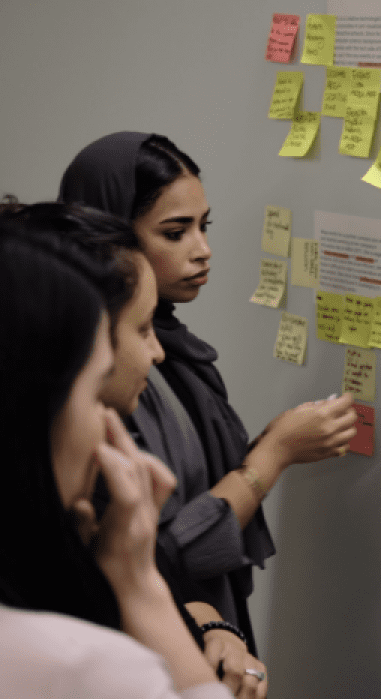
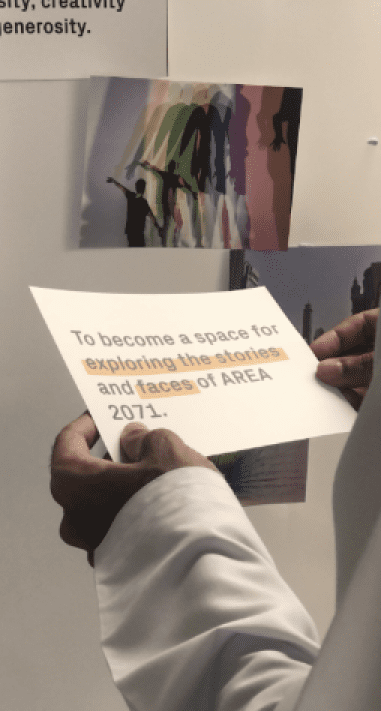
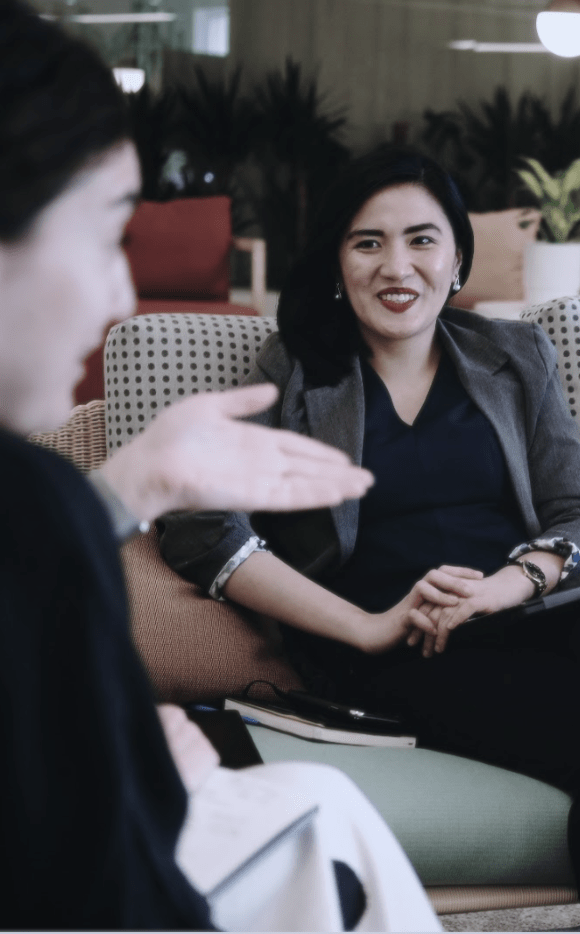
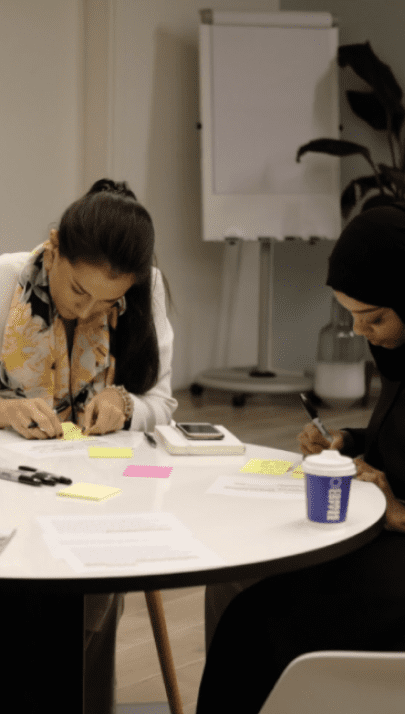
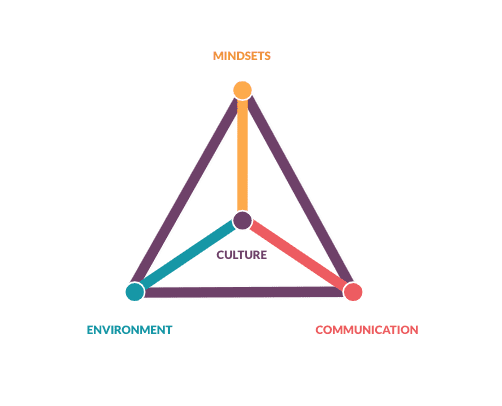
The existing spatial design in AREA 2071 consisted of elements that hindered communication. Understanding the current users’ mindsets and the space’s environmental needs was essential to map these elements and the entrenched culture that we dubbed the “Disconnected Neighborhood.” We articulated three pillars to be “mindsets,” “communication,” and “the environment,” and created harmony between them through the right set of activities and guidelines for the community to nourish. Subsequently, we identified the needs and pain points in the visitor, member, and tenant journeys. Analyzing the user flows while developing our spatial and community strategy bred new opportunities for a unique Culture Framework and our concept of “Reconnecting the Neighborhood.”
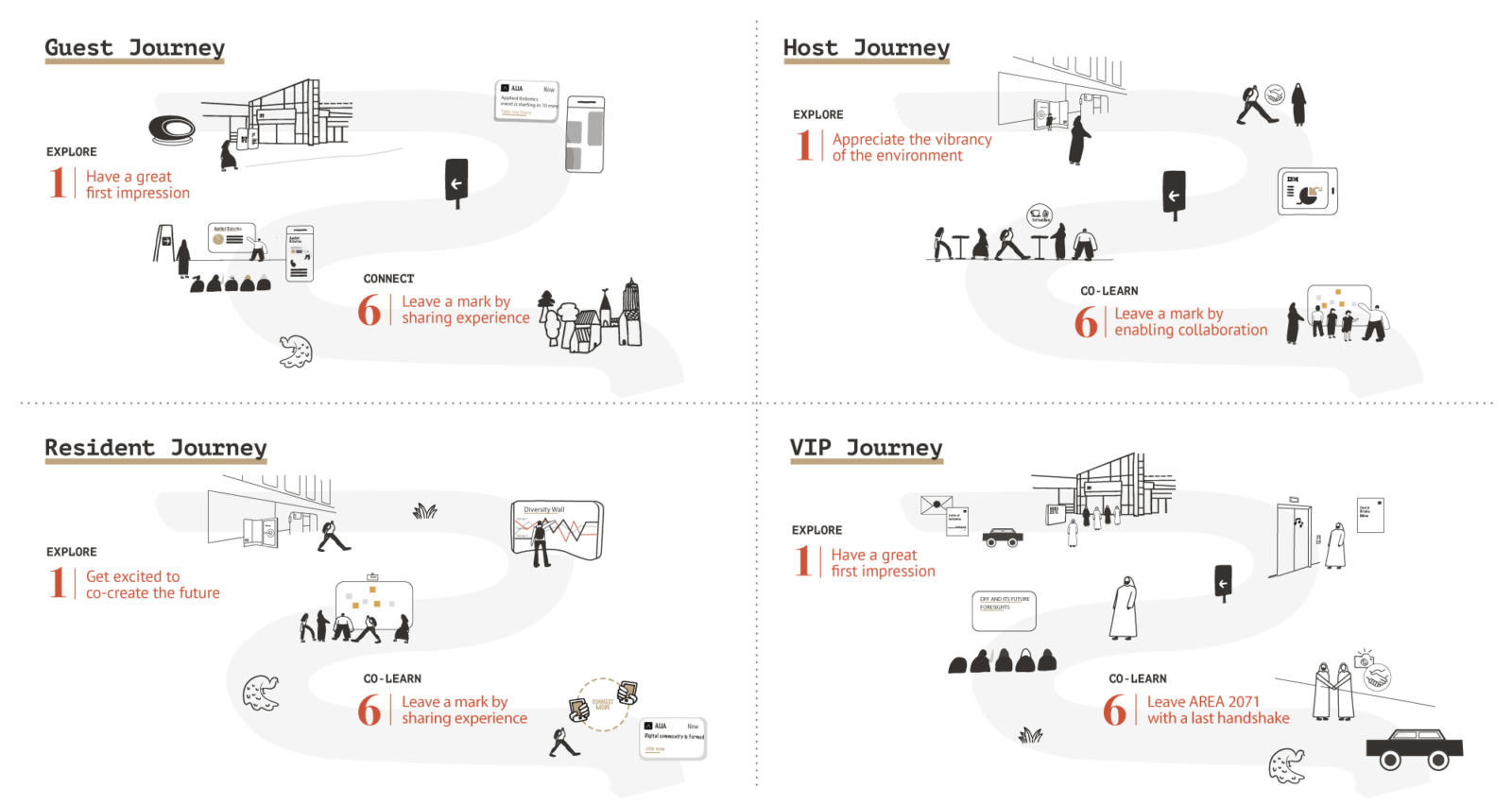
“Working with ATÖLYE is transformational because of the spirit of its people. Everyone we encountered carried a playful passion for excellence that does not fear failure but mediocrity.”
“ATÖLYE has been a great stuart and support in very important processes within the foundation, not only by developing a new project that reflects a lot of the things that the foundation has learnt over the past years but also internally to help us see, translate and create the best of us.”
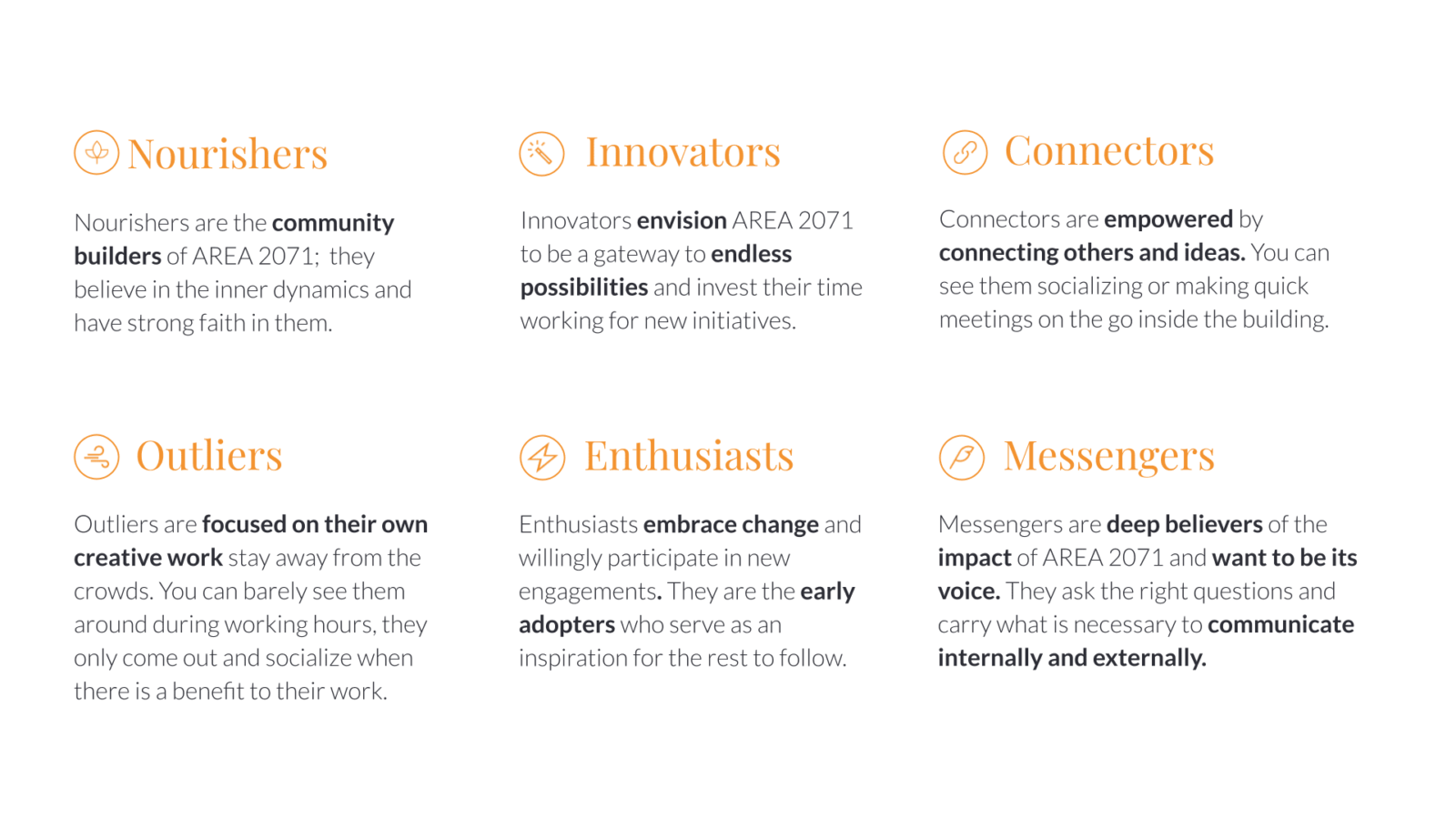
Different shortcomings of the existing space became apparent as we resumed improving the strategy. AREA 2071 lacked diversity in its members’ disciplines, skillsets, and nationalities. A missing link with the new generation and creatives further deepened the problem. Our design principles addressed this gap by communicating an inclusive culture and framing a flexible space that can adapt to ever-changing conditions.
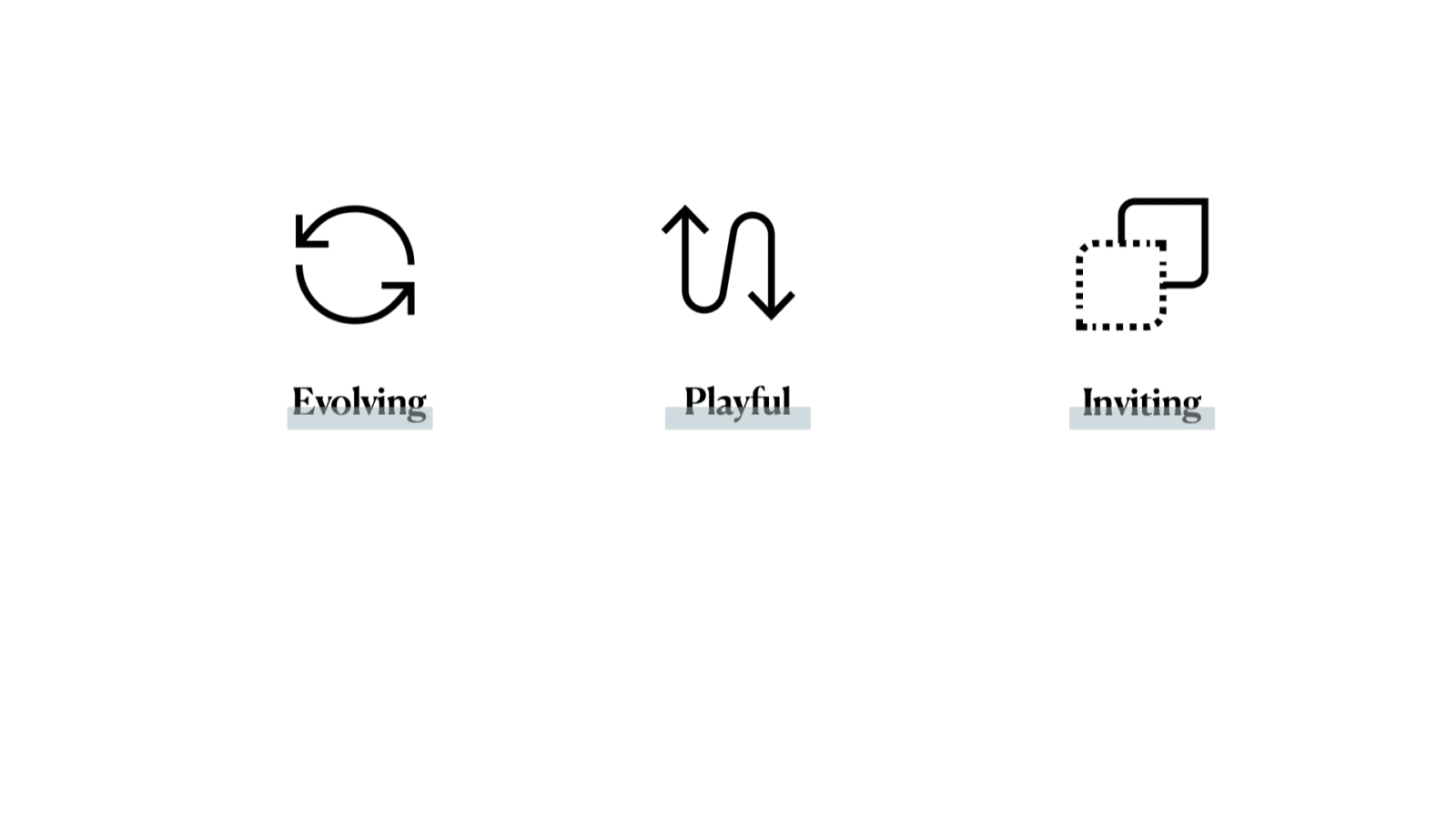
The concept of “Shifting Surfaces & Spaces” reflects our architectural strategy. It builds an overarching spatial narrative, the lack of which prevents users from intuitively navigating the space and from engaging in fruitful interactions. Incorporating a series of wayfinding applications for digital and analog information boards to welcome guests, the design tells the story of AREA 2071 and gives updates on happenings. A diverse set of standing units to create configurable and multi-functional spaces in the common areas and a versatile range of hanging and standing units to create an alternative event and exhibit spaces were designed to set the stage for experimentation.
Our community-centric approach to designing guest, host, and visitor experiences and rituals supported by architectural interventions enabled the fostering and narration of the stories of AREA 2071 and will enable the flourishing of ideas that will help transform the future.
